![]()
![]()
![]()
Use LEFT and RIGHT arrow keys to navigate between flashcards;
Use UP and DOWN arrow keys to flip the card;
H to show hint;
A reads text to speech;
70 Cards in this Set
- Front
- Back
|
George Grosz
The Big City 1916 |

Dada Triumphs! Photomontage and Berlin Dada
|
|
|
Hannah Hoch
Cut with the Kitchen Knife 1919 |
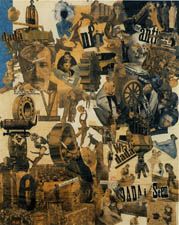
Dada Triumphs! Photomontage and Berlin Dada
|
|
|
Otto Dix
The Actor Heinrich George 1932 |

New Objectivity in Germany
|
|
|
August Sander
Pastry Cook Cologne 1928 |
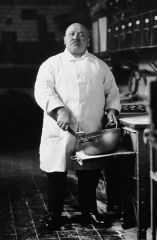
New Objectivity in Germany
|
|
|
What does Neue Sachlichkeit mean?
|
New Objectivity
|
|
|
The Bauhaus (city names)
|
Weimar, Dessau and Berlin
|
|
|
Johannes Itten
|
"Intuition and method"
"subjective experience and objective recognition" |
|
|
"Vokurs"
|
preliminary course or foundations course at the Bauhause
|
|
|
Additional Bauhaus professors...
|
Oskar Schlemmer, Gunta Stolzl, Gerhard Marcks, marcel Breuer, Lyonel Feininger, Paul Citroen
|
|
|
kenetic sculpture
|
...?
|
|
|
Gropius and Meyer
Fagus Shoe Factory 1911-1916 |
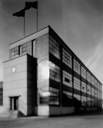
Revitalizing Design: The Bauhaus in Germany
|
|
|
Walter Gropius
Bauhaus Building Dessau 1925-26 |

Revitalizing Design: The Bauhaus in Germany
|
|
|
Paul Klee
Around the Fish 1926 |
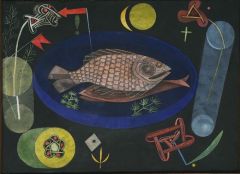
Revitalizing Design: The Bauhaus in Germany
|
|
|
Paul Klee
Individualized Altimetry of Stripes 1930 |
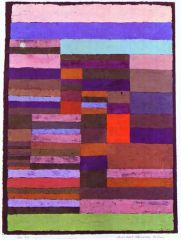
Revitalizing Design: The Bauhaus in Germany
|
|
|
Vasily Kandinsky
On White II 1923 |
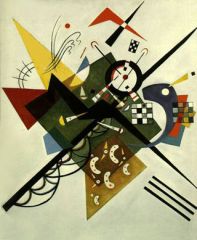
Revitalizing Design: The Bauhaus in Germany
|
|
|
Josef Albers
Homage to the Square 1961 |
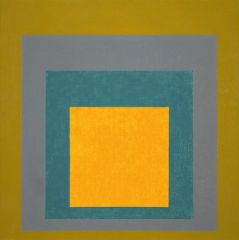
Revitalizing Design: The Bauhaus in Germany
|
|
|
Laszlo Moholy-Nagy
Light-Space Modulator 1921-1930 |

Revitalizing Design: The Bauhaus in Germany
|
|
|
Robert Henri
Laughing Child 1907 |

Early 20th Century American Art
|
|
|
John Sloan
Hairdresser's Window 1907 |
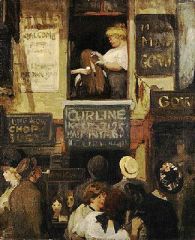
Early 20th Century American Art
|
|
|
Alfred Stieglitz
Sun ray's-- Paula, Berlin 1889 |
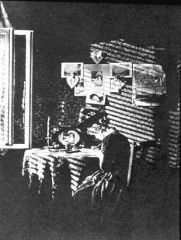
Early 20th Century American Art
|
|
|
Alfred Stieglitz
Equivalent (sorta) 1927 |
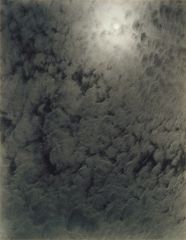
Early 20th Century American Art
|
|
|
Edward Steichen
Cover Design for Camera Work 1906 |
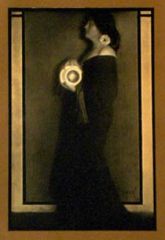
Early 20th Century American Art
|
|
|
John Marin
Lower Manhattan (...From the top of the Woolworth) 1922 |

Early 20th Century American Art
|
|
|
look in book, page 251
Early 20th Century American Art |
Arthur Dove
Abstraction No. 2 1910-1917 |
|
|
Georgia O'Keeffe
Light Coming on the Plains III 1917 |
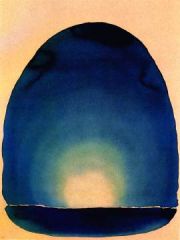
Early 20th Century American Art
|
|
|
Marsden Hartley
Portrait of a German Officer 1914 |
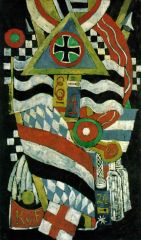
Early 20th Century American Art
|
|
|
Joseph Stella
Battle of Lights, Coney Island 1913 |
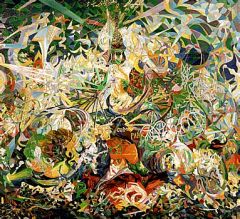
Early 20th Century American Art
|
|
|
Charles Demuth
I Saw the Figure 5 in Gold 1928 |
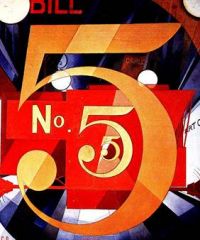
Early 20th Century American Art
|
|
|
Stuart Davis
Lucky Strike 1921 |
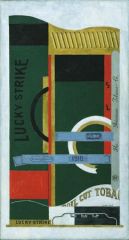
Early 20th Century American Art
|
|
|
FLW
Ward Willetts House Highland Park IL 1909 |

FLW and International Style Archietecture
|
|
|
FLW
Robie house Chicago, IL 1909 |
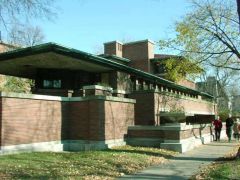
FLW and International Style Archietecture
|
|
|
FLW
Robie house Chicago, IL 1909 |
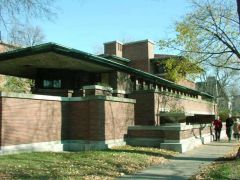
FLW and International Style Archietecture
|
|
|
FLW
Robie House Chicago IL 1909 |
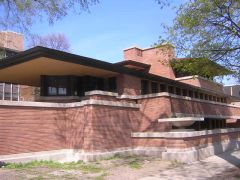
FLW and International Style Archietecture
|
|
|
FLW
Kaufmann house (Falling Water), bear Run, PA 1936 |
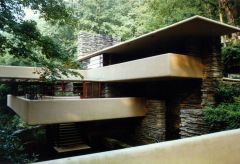
FLW and International Style Archietecture
|
|
|
Hector Guimard
Metro Entrance Paris c. 1900 |
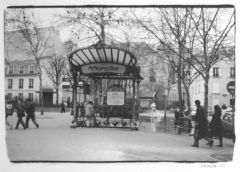
FLW and International Style Archietecture
|
|
|
Gerrit Rietveld
Schroeder House Utrecht 1925 |
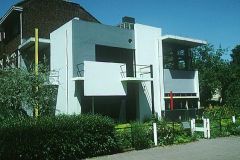
FLW and International Style Archietecture
|
|
|
Le Corbusier
Villa Savoye Poissy, Frnce 1928-1930 |
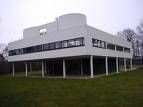
FLW and International Style Archietecture
|
|
|
Henri Rousseau
The Dream 1910 |
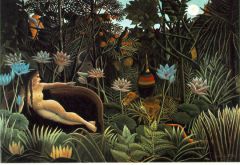
Surrealism
|
|
|
Girogio de Chririco
The Soothsayer's Recompense 1913 |
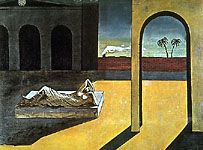
Surrealism
|
|
|
Marc Chagall
I and the Village 1911 |
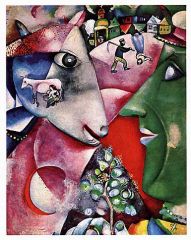
Surrealism
|
|
|
Masson
Battle of the Fishes 1927 |

Surrealism
|
|
|
Max Ernst
Two Children are Threatened by a Nightengale 1921 |

Surrealism
|
|
|
Max Ernst
The Elephant Celebes 1921 |

Surrealism
|
|
|
Max Ernst
Europe After the Rain 1940-1942 |

Surrealism
|
|
|
Joan Miro
The Hunter (Catlan Landscape) 1923-1924 |
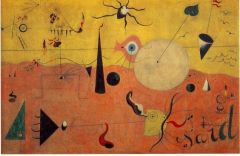
Surrealism
|
|
|
Joan Miro
The Harlequin's Carnival 1924-1925 |
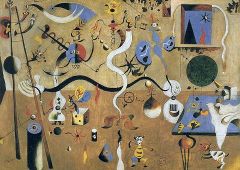
Surrealism
|
|
|
Tanguy
Mama, Papa is wounded! 1927 |
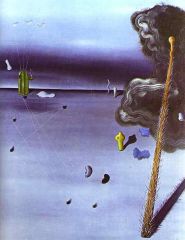
Surrealism
|
|
|
Salvador Dali
The Persistence of Memory 1931 |
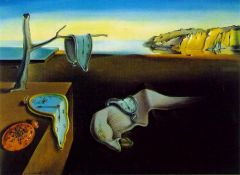
Surrealism
|
|
|
Salvador Dali
Soft Construction with Boiled Beans: Premotion of Civil War 1935 |
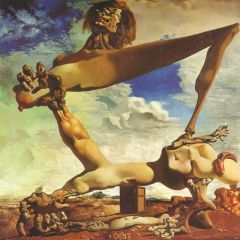
Surrealism
|
|
|
Magritte
The Lovers 1928 |
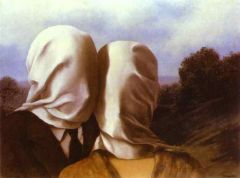
Surrealism
|
|
|
{woman with "montagne" on her head]
|
Magritte
The Phantom Landscape 1928-1929 |
|
|
Magritte
The Human Condition I 1934 |
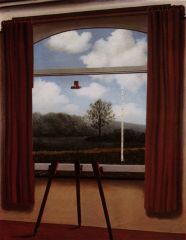
Surrealism
|
|
|
What is L'mour fou?
|
Crazy Love
|
|
|
What is automatism?
|
something that is automatic, just allowing it to happen
|
|
|
What is surrealism?
|
The exploration of the intersection of dream and waking states
|
|
|
As a concept, surrealism was a concept born out of __________'s rejection of __________ ________.
|
Breton
Paris Dada |
|
|
Surrealism was coined by ___________ but defined by ______________
|
Apollonaire
Breton: • In the manifesto… o Surrealism was pure psychic automatism • How does this term relate to some of the agendas that the surrealists are proponents in terms of link between dream states and waking states Streaming from the unconscious • Letting thoughts go, drugs, meditate, automatic writing o Practice stream of consciousness o Chance meeting of thoughts o Omnipotence of the dream • Hallucinatory poets • Lautremont (poet) quote… “Chance encounter of an umbrella and sewing machine on a dissecting table” o based on the relief of superior …..blah blah blah • Look this up? |
|
|
cultural givens (breton)
|
Suggest in a very general way that there is an accepted way for how people think about dream states and waking states
There is a space for critique |
|
|
suprematism
|
Suprematism is an art movement focused on fundamental geometric forms (squares and circles) which formed in Russia in 1913.
When Kasimir Malevich originated Suprematism in 1913 he was an established painter having exhibited in the Donkey's Tail and the Blaue Reiter exhibitions of 1912 with cubo-futurist works. The proliferation of new artistic forms in painting, poetry and theatre as well as a revival of interest in the traditional folk art of Russia were a rich environment in which a Modernist culture was being born. |
|
|
cubo-futurism
|
Cubo-Futurism was the main school of Russian Futurism which imbued influence of Cubism and developed in Russia in 1913.
The Cubo-Futurist works combine the Cubist usage of forms with the Futurist interest in dynamism. Kazimir Malevich developed the style which is seen in his The Knife Grinder (1912), but he soon abandoned the style for a form of non-objective art called Suprematism. |
|
|
Ashcan School
|
realist artistic movement that came into prominence in the United States during the early twentieth century, best known for works portraying scenes of daily life in poor urban neighborhoods. The movement is most associated with a group known as, The Eight, or, The Ash Can Painters, whose members were Robert Henri, Arthur B. Davies, Maurice Prendergast, Ernest Lawson, William Glackens, Everett Shinn, John French Sloan, and George Luks. The Eight exhibited as a group only once, at the Macbeth Gallery in 1908, but they are still remembered as a group, despite the fact that their work was very diverse in terms of style and subject matter.
|
|
|
Armory Show
|
1913, became a legendary watershed date in the history of American art, introducing astonished New Yorkers, accustomed to realistic art, to Modern art. The show served as a catalyst for American artists, who became more independent and created their own artistic language. Impressionist, Fauvist, and Cubist works were represented.
|
|
|
Precisionism
|
Precisionism was an artistic movement that emerged in the United States after World War I and was at its height during the inter-War period. The term itself was first coined in the early 1920s. Influenced strongly by Cubism and Futurism, its main themes included industrialization and the modernization of the American landscape, which were depicted in precise, sharply defined, geometrical forms. There is a degree of reverence for the industrial age in the movement, but social commentary was not fundamental to the style. Charles Demuth, Charles Sheeler, and Georgia O'Keeffe.
|
|
|
Social Realism
|
depicts working class activities..
Jack Levine, Dorthea Lang, Diego Rivera |
|
|
Diego Rivera
|
Mexican Muralist
|
|
|
cantilever
|
A cantilever is a beam anchored at one end and projecting into space. This beam may be fixed at the support, or extend to another support as illustrated. The beam carries the load to the support where it is resisted by bending moment and shear. Cantilever construction allows for long structures without external bracing.
|
|
|
biomorphism
|
Biomorphism was an art movement of the 20th century. The term was first used by Alfred H. Barr, Jr. in 1936. Biomorphist artists focused on the power of natural life and used organic shapes, with hints of the shapeless and vaguely spherical forms of biology. It has connections with Surrealism and Art Nouveau. Nowadays the effect of the influence of nature isn’t as obvious, instead of objects looking exactly like the natural form they only use slight characteristics to remind us of nature.
|
|
|
delcalcomania
|
The process of transferring pictures or designs printed on specially prepared paper to materials such as glass or metal
The surrealist Oscar Domínguez (referring to his work as "decalcomania with no preconceived object") took up the technique in 1936, using gouache spread thinly on a sheet of paper or other surface (glass has been used), which is then pressed onto another surface such as a canvas. Black gouache was originally used in Dominguez's practice, though colours later made their appearance. Max Ernst also practiced decalcomania, |
|
|
Lenora Carrington
Self-Portrait 1938 |

Surrealism- Sculpture and Women Artists
|
|
|
art nouveau
|
Dynamic, undulating, and flowing, with curved 'whiplash' lines of syncopated rhythm, characterized much of Art Nouveau. Another feature is the use of hyperbolas and parabolas. Conventional mouldings seem to spring to life and 'grow' into plant-derived forms.
|

